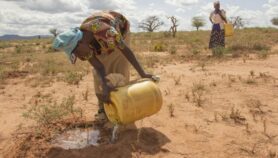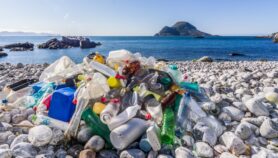By: Kimani Chege
Send to a friend
The details you provide on this page will not be used to send unsolicited email, and will not be sold to a 3rd party. See privacy policy.
Waterborne diseases could be consigned to history if aid agencies make renewed efforts to tackle them and if governments, particularly in Africa, regulate the development of water resources more tightly.
So says Alan Fenwick a professor of tropical parasitology at Imperial College London, United Kingdom, in an article in Science today (25 August).
Fenwick notes that major dam-building and irrigation projects in Africa have led to “spectacular” increases in diseases such as schistosomiasis and malaria.
Both are caused by parasites that live, for part of their life cycle, in animals that inhabit or lay their eggs in water, such as snails and insects.
Fenwick says future water development projects must consider the likelihood of creating habitats that support such hosts, and consequently the parasites.
He suggests that around ten per cent of a project’s budget should be set aside for the treatment of everyone involved.
“The recent progress in control of waterborne and vector-borne diseases, such as guinea worm, schistosomiasis, lymphatic filariasis, and onchocerciasis, suggests that many of them could be controlled effectively by 2015, which is the target for reaching the UN Millennium Development Goals,” he told SciDev.Net.
He notes, however, that success depends on the willingness of governments and donor agencies to tackle these diseases in Africa.
The Bill and Melinda Gates Foundation has funded research into these diseases for the past five years and the US Agency for International Development (USAID) has made US$100 million available over the next five years. The agency is currently considering bids from potential partners.
“Even with these two large donors, we have just 20 per cent of the funds we need to do this job and make our contribution to achieving the Millennium Goals,” says Fenwick.
He points out waterborne diseases are much cheaper to treat than HIV/AIDS and tuberculosis.
Fenwick adds that drug companies such as Merck, GSK and Johnson have embarked on long-term drug donation programmes. He urges governments and other donors to provide the US$0.50 per person affected, per year needed to distribute the drugs and monitor the impact of such programmes.
Link to full paper in Science












